First World War – Outbreak, Course & End
Outbreak of First World War
The war was precipitated by an incident which would not have created much stir if Europe had not stood divided into two hostile armed camps, preparing for war for many years.
- On 28 June 1914 Archduke Francis Ferdinand, heir to the throne of Austria-Hungary, was assassinated at Sarajevo, capital of Bosnia.
- Austria saw the hand of Serbia behind assassination and served her with an ultimatum.
- Serbia refused to accept one of the demands of the ultimatum which went against the independence of Serbia.
- On 28 July 1914 Austria declared war on Serbia. Russia had promised full support to Serbia and started full scale preparations for war.
- On 1 August, Germany declared war on Russia and on 3 August on France.
- German troops marched into Belgium to press on to France on 4 August and on the same day Britain declared war on Germany.
Many other countries soon entered the war
- Japan declared war on Germany with a view to capturing German colonies in the Far East.
- Turkey and Bulgaria joined on the side of Germany.
- Italy, in spite of her membership of the Triple Alliance, remained neutral for some time, and joined the war against Germany and Austria-Hungary in 1915.
Course of World War 1
- Germany had hoped that through a lightning strike through Belgium, she would be able to defeat France within 6 weeks and then turn against Russia (Schlieffen Plan).
- The plan seemed to succeed for a while and the German troops were within 20 km of Paris.
- Russia had opened attacks on Germany and Austria and some German troops had to be diverted to the eastern front.
- Soon the German advance on France was halted & war in Europe entered a long period of stalemate.
- In the meantime, the war had spread to many other parts of the world and battles were fought in West Asia, Africa and the Far East.
Trench Warfare
- After the German advance had been halted, a new type of warfare developed.
- The warring armies dug trenches from which they conducted raids on each other.
- The kind of warfare that the armies were used to earlier – fighting in the open almost disappeared.

- On the Western Front, which included eastern France and Belgium, the troops of the warring sides dug trenches and continued their raids on each other’s positions.
- For about four years, neither side could dislodge the other. The European countries made use of the troops recruited from their colonies in the war.
- Labour from colonies was also used to dig trenches in Europe.
On the Eastern Front, Germany and Austria succeeded in repulsing the Russian attack and capturing parts of the Russian empire. They were also successful against Rumania, Serbia and Italy.
Outside Europe, Japan occupied German possessions in East Asia, and Britain and France seized most of the German colonies in Africa.
New Weapons used in First World War
- A large number of new weapons were introduced.
- The machine gun and liquid fire were two such weapons.
- For the first time, aircrafts were used in warfare and for bombing the civilian population.
- British introduced the use of the tank which was to become a major weapon later.
- Both the warring groups tried to block each other’s supplies of food, manufactures and arms and the sea warfare played an important part in this.
- Submarines called Uboats were used by Germany on a large scale not only to destroy enemy ships but also ships of neutral countries heading for British ports.
- Another horrible weapon used in the war was poison gas.
Withdrawal of Russia from First World War
- In a major development in 1917 Russia withdrew from the war after October Revolution.
- The Russian revolutionaries had opposed the war from the beginning and under the leadership of Lenin decided to transform it into a revolutionary war to overthrow the Russian autocracy and to seize power.
- The Russian empire had suffered serious reverses in the war.
- The day after the Bolshevik government came to power, it issued the Decree on Peace with proposals to end the war without any annexations and indemnities.
- Russia decided to withdraw from the war and signed a peace treaty with Germany in March 1918.
- The Entente powers which were opposed to the revolution in Russia and to the Russian withdrawal from the war started their armed intervention in Russia in support of the elements which were opposed to the revolution.
- This led to a civil war which lasted for three years and ended with the defeat of foreign intervention and of those Russians who had taken up arms against the revolutionary government.
Entry of USA in World War 1
- On 6 April 1917, the United States of America declared war on Germany.
- USA had become the main source of arms and other essential supplies for the Entente countries.
- In 1915, the German UBoats had sunk a British ship in which among the 1153 passengers killed were 128 Americans.
- The Americans were generally sympathetic to Britain, and this incident further roused anti German feelings in USA.
- Economic considerations had turned them even more in favour of the Entente countries.
- These countries had raised vast amounts of loans in USA to pay for the arms and other goods bought by them.
- Many Americans had subscribed to these loans which could be paid back only, if these countries won the war.
- There was also a fear that if Germany won the war, she would become a serious rival to USA.
- The sinking of ships, including American ships carrying American citizens, by the German Uboats finally led USA to join the war.
End of First World War
- Many efforts were made to bring the war to an end.
- In early 1917, a few socialist parties proposed the convening of an international socialist conference to draft proposals for ending the war without annexations and recognition of the right of peoples to self-determination. However, the conference could not be held.
- The proposal of the Bolshevik government in Russia to conclude a peace “without annexations and indemnities, on the basis of the self-determination of peoples” was welcomed by many people in the countries which were at war. However, these proposals were rejected.
- The Pope also made proposals for peace but these too were not taken seriously.
- Though these efforts to end the war did not get any positive response from the governments of the warring countries, antiwar feelings grew among the people.
- There was widespread unrest and disturbances and even mutinies began to break out.
- In some countries, following the success of the Russian Revolution, the unrest was soon to take the form of uprisings to overthrow the governments.
- In January 1918, , President of the United States, proposed a peace programme. This has become famous as President Wilson’s Fourteen Points. Some of these points were accepted when the peace treaties were signed at the end of the war.
Surrender of Germany, Austria-Hungary
- Britain, France and USA launched a military offensive in July 1918 & Germany and her allies began to collapse. Bulgaria withdrew from the war in September, and Turkey surrendered in October.
- Political discontent had been rising in Austria-Hungary and Germany. The emperor of Austria-Hungary surrendered on 3 November.
- In Germany revolution broke out. Germany became a republic and the German emperor Kaiser William II fled to Holland. The new German government signed an armistice on 11 November 1918 and the war was over.
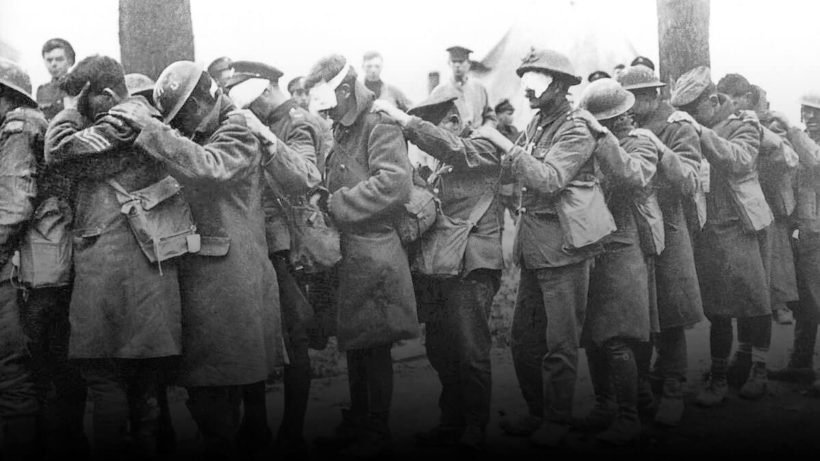


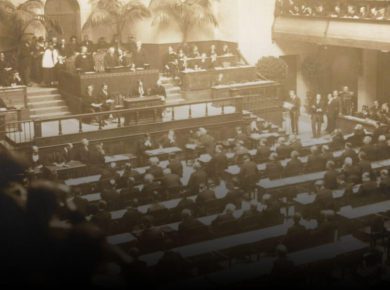

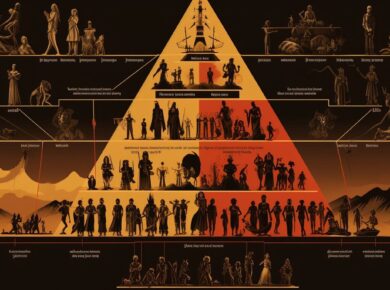
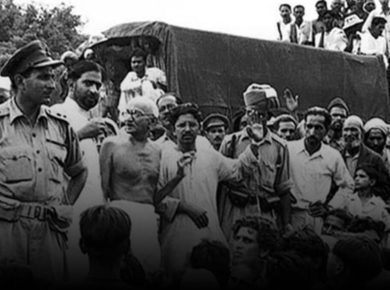
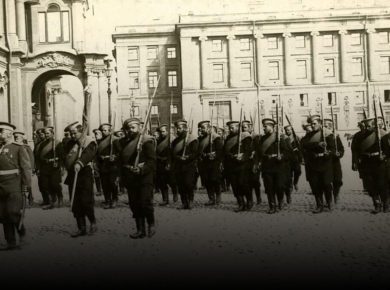
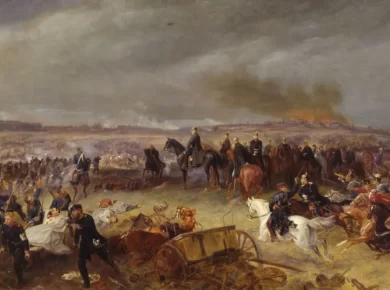
1 comment
thankyou very much to share the knowledge.